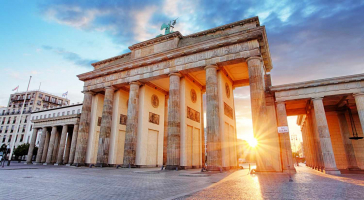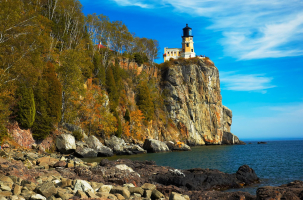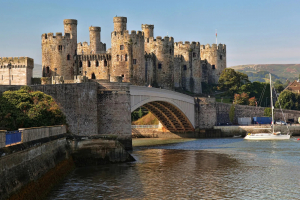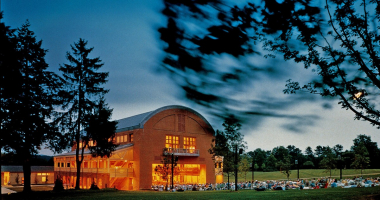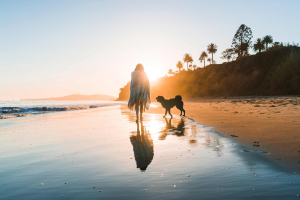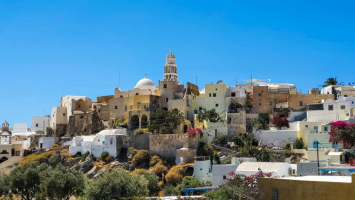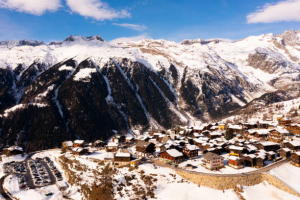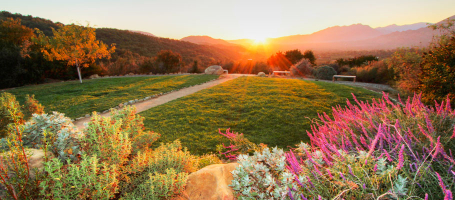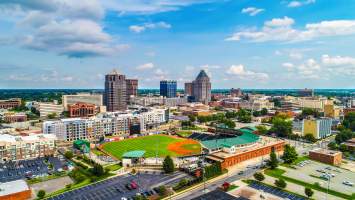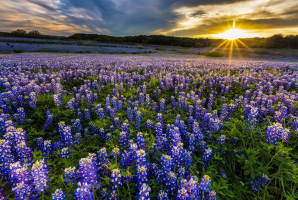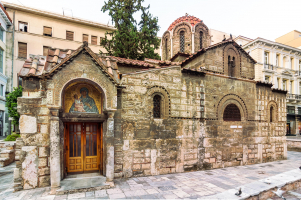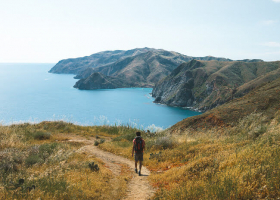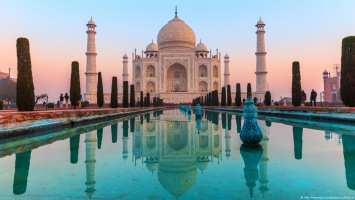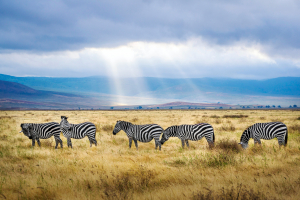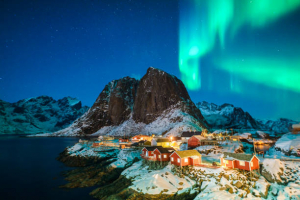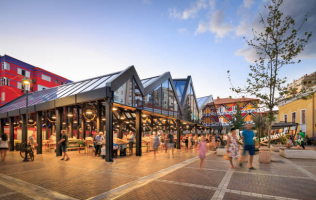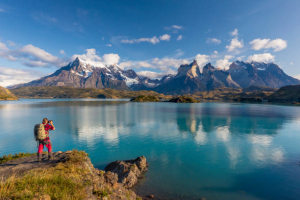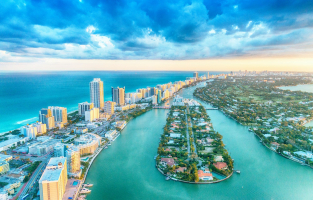Top 10 Best Things to Do in Fiji
Fiji is an island nation with a rich Polynesian culture to discover, magnificent island scenery, and some of the most spectacular seascapes in the world. Scuba ... read more...diving and off-roading trips are popular activities, and traditional Fijian massages are available at the islands' resorts. If swimming with enormous manta rays or gorgeous sharks doesn't move you, perhaps a humble hamlet visit will. So, start organizing your trip to the South Pacific archipelago with this comprehensive list of the finest things to do in Fiji.
-
One of the many great things about Fiji's islands is that Fijian culture is quite accessible. There are several possibilities for tourists to witness Fijians practicing their traditional way of life, as they have done for decades. There are a few extravagant exhibitions here and there, but when you visit or stay in a Fijian village, you know you're getting the real deal. It might be a bit of a cultural shock at first. People living on the basic necessities in self-built dwellings better characterized as shacks. But it's far from a gloomy experience. Fijians are typically joyful people who are quite friendly when visitors come to their community.
Village visits are a shorter - but no less exciting - experience. The spectacularly gorgeous Navala on Viti Levu's main island gives tourists an immersive stay in a traditional hamlet, while homestays on Waya Island welcome those interested in exploring the Yasawas from a native perspective.
It's an uplifting experience in which you're likely to learn a lot and think on what's essential in your own life. Nonetheless, Fijians have their own distinct culture and set of norms, so knowing Fiji village etiquette and what to do when visiting a Fijian village is essential. How do you get to a Fijian village? Typically, you must be invited to a village, which is usually done through a village visiting trip or a homestay. You may enter a village for a tourist attraction in some instances. Ask the first person you meet for directions or a guide to the tourist site.
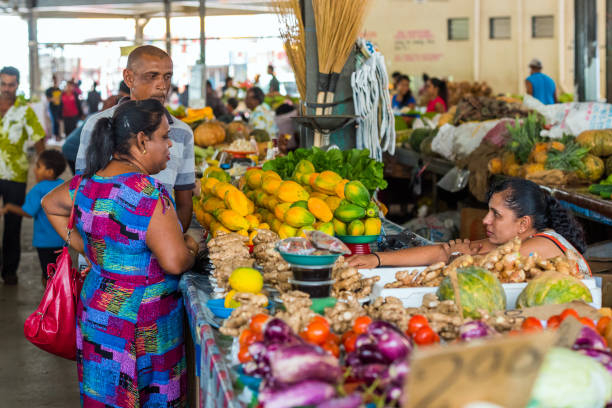
istockphoto 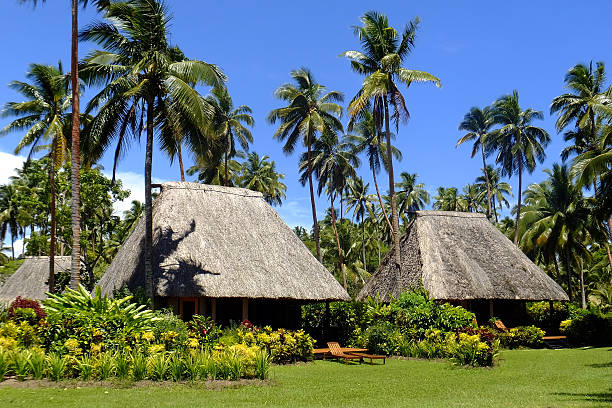
istockphoto -
In Fiji, a primarily Christian country, Methodist missionaries constructed the first church. Worship and attire in the church are quite conservative in traditional and conservative ways. Because they didn't have instruments, it seemed as though angels were singing throughout their worship. It is not surprising that the islands were known as the Cannibal Islands because they were dubbed thus around the beginning of the 1800s. In many respects, Consuming one's adversary was about power and humiliation more than anything else. Those from Western countries appear to be losing moral beliefs as they travel to Fiji, whilst people from other Pacific nations appear to be moving in the other direction.
Whatever your convictions, Sundays are certain to give you goosebumps as congregations harmonize to the sky. Any indigenous Fijian village or neighborhood will have churchgoers dressed in their Sunday best. Many people like bold, vivid designs to complement the vibrant gardens that are generally planted surrounding each institution of worship. Although most churches welcome visitors, services are not usually held in English. Those in Taveuni's Wairiki Catholic Mission are especially magnificent.
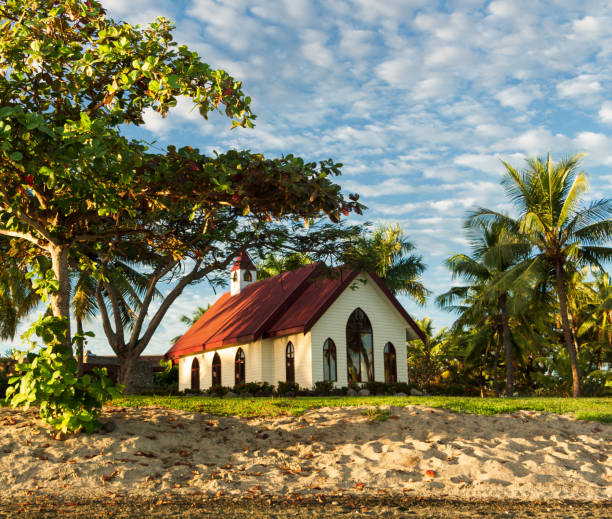
istockphoto 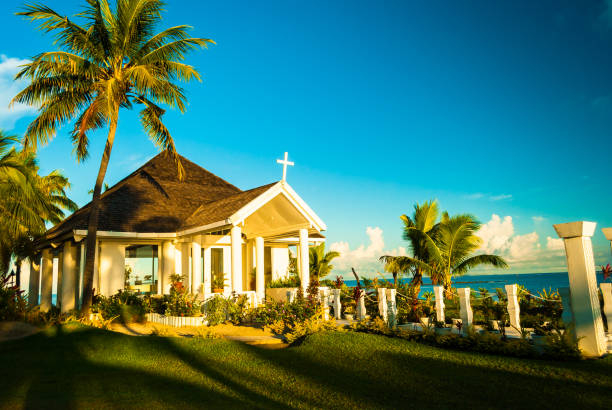
istockphoto -
Fiji is now a country with diverse cultures and influences. It was initially populated by people from western Melanesia almost 3,500 years ago, but people from India, China, Europe, and other places have since joined them. The islands' commemorations and festivals reflect Fiji's extraordinary tapestry of cultures, making these events not to be missed. India's influence is most obvious on the islands, despite the diverse cultures that intertwine to create Fiji's own. As a result, it is unsurprising that Holi is a well-known celebration on the islands. Holi is a Hindu holiday celebrated predominantly in India in which people gather to fling multicolored powders at one another, symbolizing the color and celebration of spring after winter. Holi is even a big deal in Fiji's premium resorts.
This island nation is alive with lively customs, amazing festivals, and Fiji-style fun outside of the resort walls. Winter is a time for residents to let loose during festivals, such as Suva's Hibiscus Festival and the South Indian Fire-Walking Festival, where you can get into the rhythm. If you miss it, fire-walking is available all year on Beqa Island. As the weather warms up in October, Hindus and Christians around the country light up to celebrate Diwali.
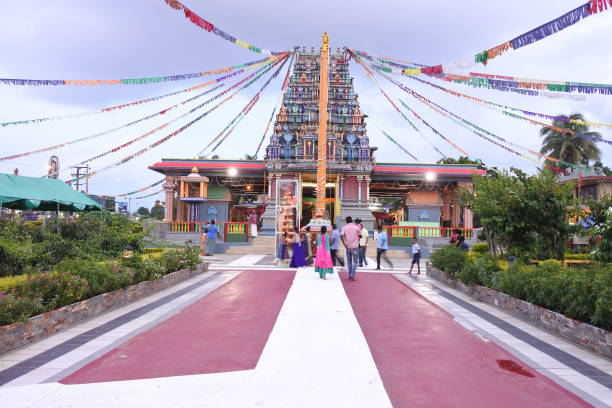
istockphoto 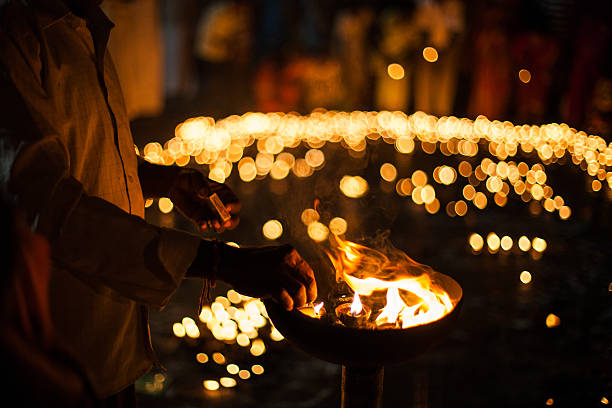
istockphoto -
When you visit these omnipresent marketplaces, you'll find products neatly piled and priced to sell together. If you try to buy a single tomato, the merchant may give it to you for free. Bulk purchasing is a peculiarity of Fiji's sharing culture, as fruits and vegetables are brought home and traded among neighbors. Consume papayas, pineapples, mangoes, passionfruit, coconuts, lime juice, watermelon, and other tropical fruits.
Because Fiji is a somewhat remote island chain, retail options are restricted. There are, however, plenty of locations to purchase for the ideal keepsake! Many Fiji resorts provide onsite shops where you may buy apparel, jewelry, perfume, gadgets, and sporting equipment. If you're staying in Denarau, the Port Denarau Shopping Centre contains everything you could possibly need.
Why not visit a native Fijian market for a more genuine shopping experience? Fresh fruits and vegetables are available, as well as locally manufactured handicrafts like as tapa fabric, woven products, sculptures, and pottery. Shopping at a local market not only allows you to bring home a one-of-a-kind souvenir of your stay, but it also helps to support the local economy. Lawai Pottery Village, the Curio Handicraft Centre, Savusavu Farmers' Market, Lautoka Market, and the Levuka Handicrafts Market are among the most popular marketplaces to visit in Fiji.
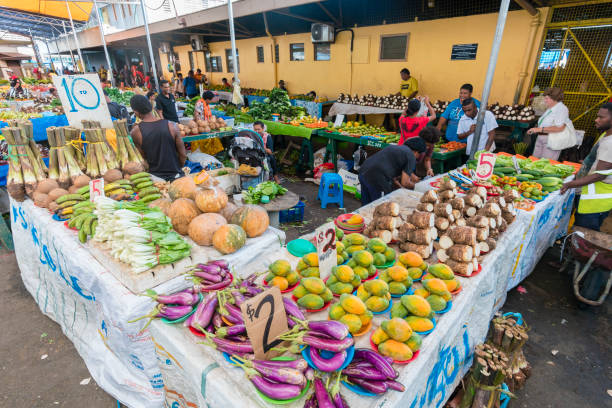
istockphoto 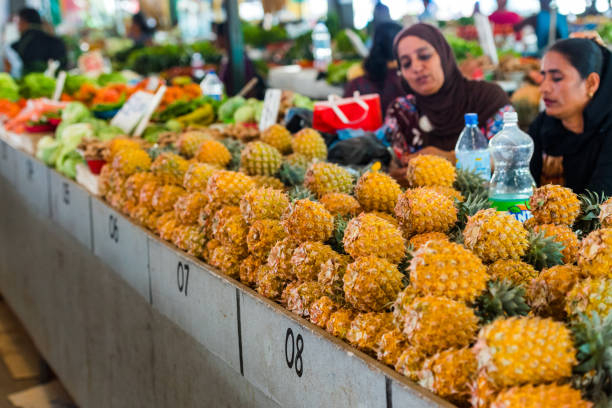
istockphoto -
With 333 islands and atolls, it's no wonder that some of Fiji's most spectacular landscape is hidden beneath the surface. Fiji has among of the world's longest barrier reef systems, which provide some very fantastic scuba diving chances. For those looking for something a little less extreme, Fiji's bordering coral reef habitats are rich with diverse sea life and are ideal for snorkeling. Fiji is recognized as the "World's Soft Coral Capital" for a reason.
Snorkeling and diving are year-round sports in Fiji due to the tropical environment. Enjoy water temperatures about 27°C and excellent visibility of up to 50 metres! We recommend visiting Fiji between July and December for the finest snorkeling and diving options. Swimming and snorkeling among massive manta rays is one of the country's top offshore draws, particularly in the passage between the Yasawa group's Nanuya Balavu and Drawaqa islands, and farther south at Kadavu's appropriately called Manta Reef. Mantaray Island and Barefoot Manta resorts in the Yasawas provide ethical 'see, don't touch' manta ray encounters; in Kadavu, join the crew from Matava Resort or Kokomo Private Island Resort.
Set sail for the mesmerizing Mamanuca Islands for fantastic snorkeling chances. You'll discover a variety of island lodging alternatives here, where you can walk right off the beach and into some stunning fringing reefs, ideal for children. If you want to stay on the main island, try taking a day excursion to Malamala Beach Club or My Fiji Island to experience the stunning coral gardens of the Mamanuca Islands. Furthermore, the Mamanuca Islands are a perfect activity for beginner divers wishing to take their first breath underwater due to its shallow, quiet seas. Dolphins, turtles, sharks, and other marine life may be found in the barrier reefs that surround the islands.
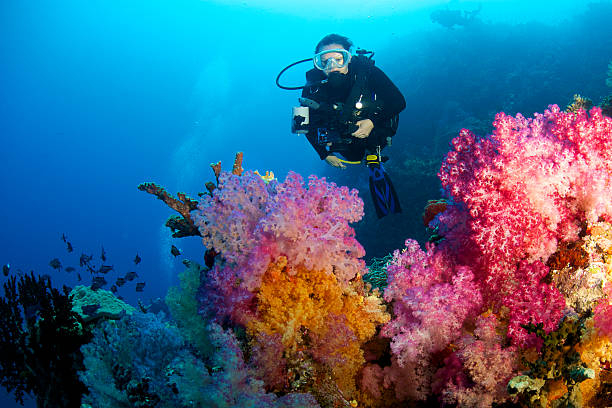
istockphoto 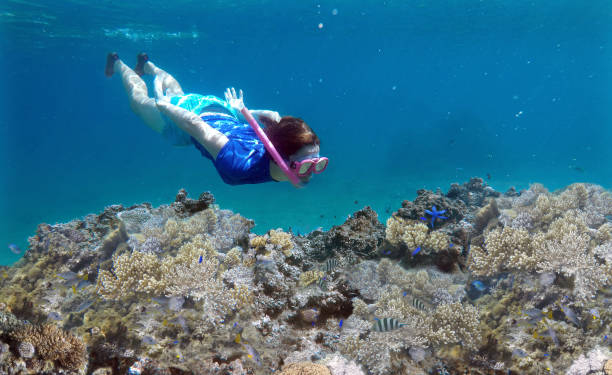
istockphoto -
Birdwatching may be both a soothing and exciting activity. The South Pacific archipelago is teeming with avian fauna. In fact, several bird species are indigenous to Fiji, which means you won't see them anyplace else on the planet. Hawks, herons, parrots, doves, finches, and the ultra-rare peregrine falcon - the world's fastest animal - are among Fiji's magnificent birds. Given that Taveuni is renowned as Fiji's "Garden Isle", it's no wonder that there's a plethora of birds flying free in the open. On the island, there is even a special bird sanctuary with 98 hectares of pure rainforest habitat. Taveuni's unique biodiversity includes lush bushlands, freshwater streams, healthy oceans, and upland marshes, making the place ideal for bird viewing.
Fiji's third-largest island is home to more than 100 bird species, including the jungly 1195m-high (3920ft) Des Voeux Peak, which is home to the rare, elusive orange dove and the tiny, endangered silktail; the Vidawa Rainforest Trail, which offers guided birdwatching walks; and the dreamy Lavena coast, where hatchlings can be seen teetering in the treetops. The rough secluded island of Kadavu also provides a birdwatcher's paradise; its jungles are home to a plethora of tropical species, including four that are found nowhere else in the world. Fiji's sole native mammal is the bat, and the islands are home to six different species. They are commonly seen rushing out of caverns or rustling in the treetops after dusk. Fruit bats frequently nibble into ripe papayas as soon as they are ready for harvest, much to the disgust of the tree owner.
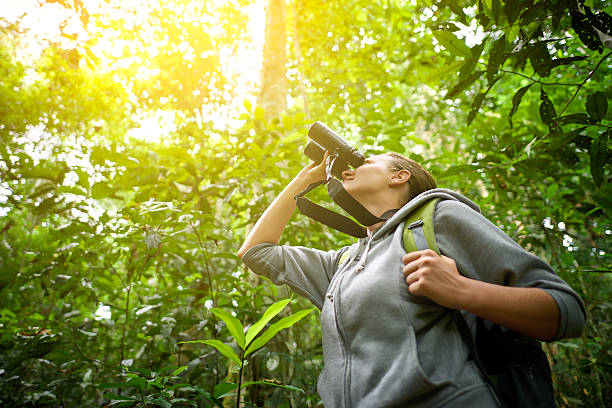
istockphoto 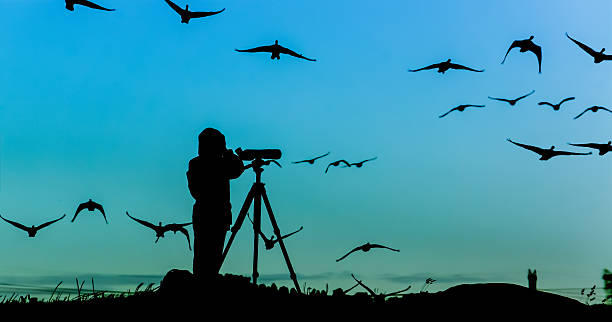
istockphoto -
Consider this: you're bubbling peacefully beneath beautiful turquoise waves, fascinated in the antics of a mischievous clownfish. You see a swirl of movement behind you: is it a shark? A massive ray? Unfortunately, it's a swarm of snorkelers urgently trying to fit into an underwater selfie. If this scenario sounds familiar, a live-aboard in Fiji might be precisely what you're looking for.
An enticing journey for daring divers (though some also cater to snorkelers and those just acquiring their sea legs), Live-aboards provide the opportunity to explore uncluttered areas far beyond the reach of land-based operators; some live-aboards also moor at otherwise inaccessible islands. Most itineraries last five, seven, or 10 days and include all meals and accommodations. Nai'a, situated in Lautoka, offers excursions to Lomaiviti, Bligh Water, and Namena Marine Park. The MV Reef Endeavour of Captain Cook Cruises explores the major island groupings, as well as the outlying islands of Lau. Otherwise, chartering your own yacht and cruising anywhere and whenever you like is also an option. There are several private boat charters available, ranging from virtually piratical to opulent.
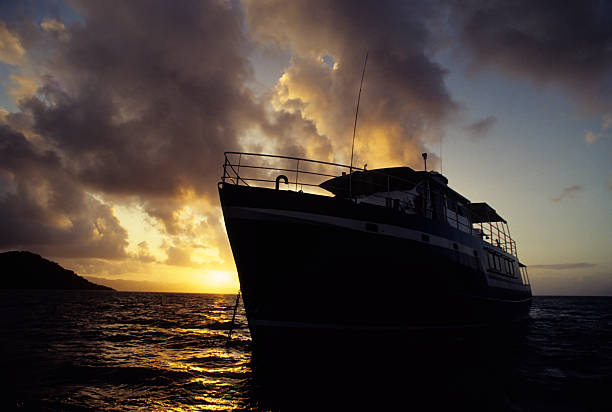
istockphoto 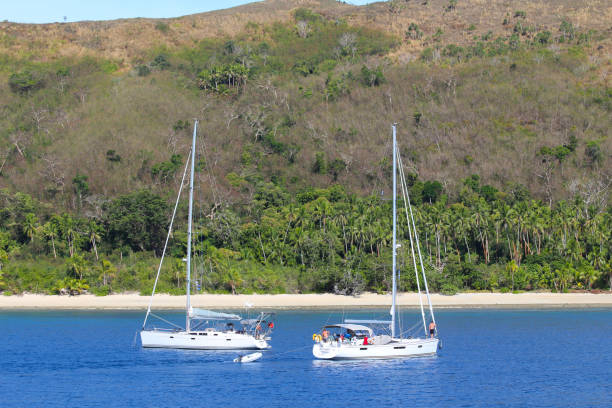
istockphoto -
Fiji is a country that understands how to make you feel at ease. The nation is so easygoing that it has its own style of life dubbed "Fiji time". Massages have been a part of everyday society for decades, so when you book a spa getaway in Fiji, you know you're heading somewhere special. Fiji's spas provide a variety of relaxing treatments, frequently combining traditional Fijian practices with natural spa products derived from Fijian plants and flowers. Whether you're a seasoned spa-goer or a spa novice, a spa day in Fiji is an absolute must!
Allow a traditional bobo massage to relieve the effects of a long-haul journey or a day spent in the sun. A Fiji spa treatment begins with the pleasant aroma of coconut oil blended with plumeria flowers. Stress is discharged from the body by massage by kneading with the thumbs, palms, and elbows. A four-hand massage, where two massage therapists administer treatment at the same time - practically all spas have two-table rooms, making it one of the greatest things to do in Fiji for couples - is a hallmark experience at most spas. Some of the best spas in Fiji include Yasawa Island Resort, where you can hear the waves crash while relaxing in an open-air room overlooking the beach, Outrigger Fiji, which has hilltop ocean views, Koro Sun Resort & Rainforest Spa, which has banana leaf wraps, and Pure Fiji in Suva, which is an escape from city life.
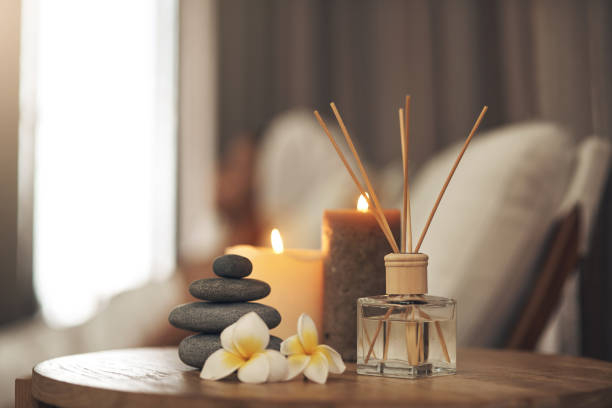
istockphoto 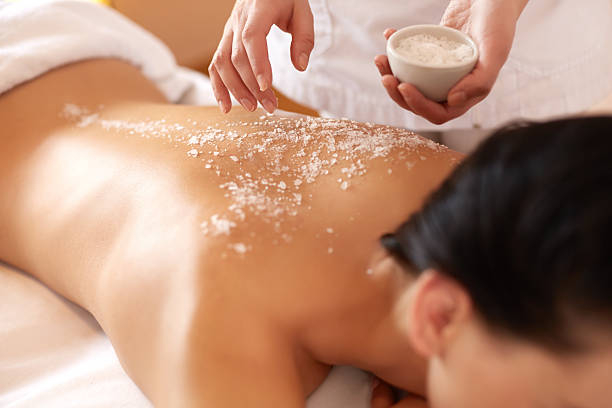
istockphoto -
Many people imagine Fiji as all sand and coral reefs, but if you drive inland even a little, you'll find some magnificent landscapes to explore on foot. There's much to climb in Fiji, from the highlands of Fiji's main island, Viti Levu, to the hidden waterfalls of tiny outlying islands. Though beaches garner the majority of visitor attention, it's worth taking a pair of hiking boots to see Fiji's untamed side. Taveuni, Vanua Levu, and Viti Levu are well-known for their mountain climbs and waterfalls, while excursions through the Yasawa and Mamanuca islands provide a glimpse into rural life. The paths are rarely crowded, and if you do, you may be grateful. Trails are frequently unlabeled, have poor mobile phone connection, and sometimes intersect with cattle routes. In any case, a local hiking guide guides the journey and gives information about the area and culture.
One hour's drive from Nadi lies the Koroyanitu National Heritage Park, which has some of Fiji's most accessible treks. The Mt Koroyanitu Trail, which can be reached via Abaca Village, is one of the paths. At 1,195m (3,920ft), Mt Koroyanitu, also known as Mt Evans, is Fiji's fourth tallest peak and provides a wonderful blend of tropical environment and highland vistas. While the walk is commonly claimed to take 4 hours, some who are really fit can finish in 2 hours.
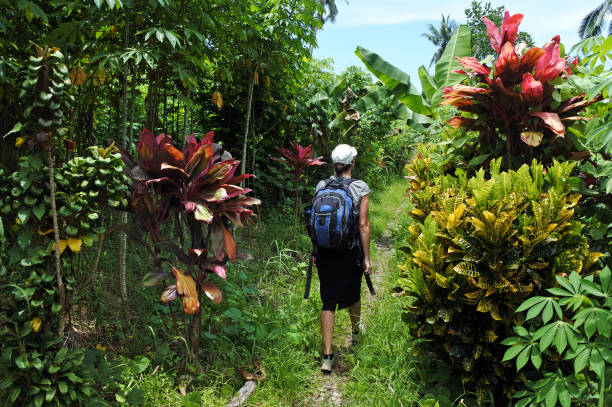
istockphoto 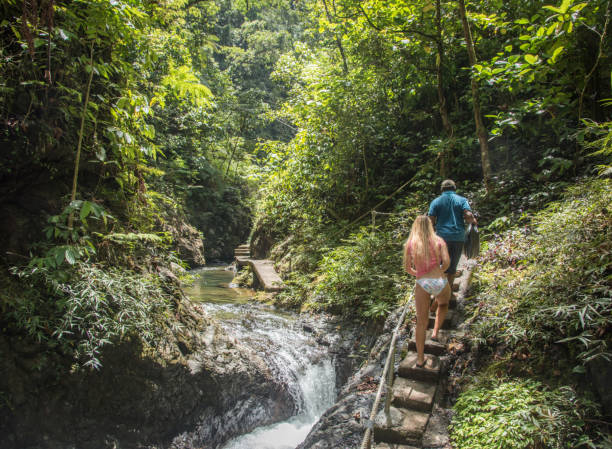
istockphoto -
Kava is the drink of choice in Fiji, from formal celebrations to social gatherings. Kava (yagona) is prepared by grinding pepper root into a fine powder and mixing it with water. It's traditionally served in a coconut shell cup after being scooped from a huge wooden bowl. The drink is slightly bitter, has the appearance of murky water, and has a calming effect that sets in once the lips begin to tingle. Talanoa is the connection that occurs around a tanoa, and it is an important aspect of decision making and communication in Fiji.
When it comes to drinking kava, each Fijian town has its own etiquette and customs, and visitors are swiftly forgiven if they don't follow each indication. When in doubt, adopt Fiji's capital city's customary kava drinking norms. When you are given a cup, clap before receiving it with both hands. If you can, drink the liquid all at once, then hand it back with both hands, clap again, and shout "Bula!" Are you feeling overwhelmed? If you request low tide, your cup will be half filled the next time it comes around. Most lodgings and homestay experiences provide kava ceremonies to guests, but you can also taste it at a café like Mana Coffee in Suva or make it yourself from one of the islands' official (or not-so-official) kava stores.
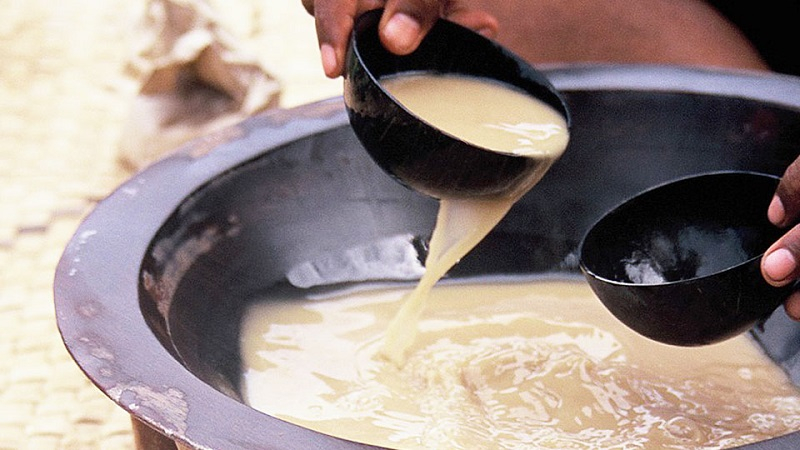
istockphoto 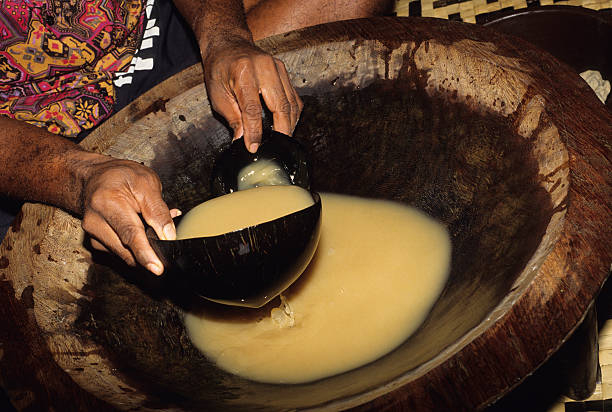
istockphoto












